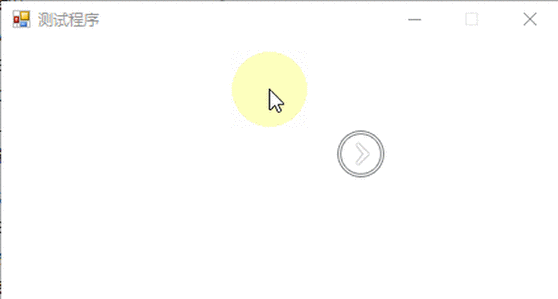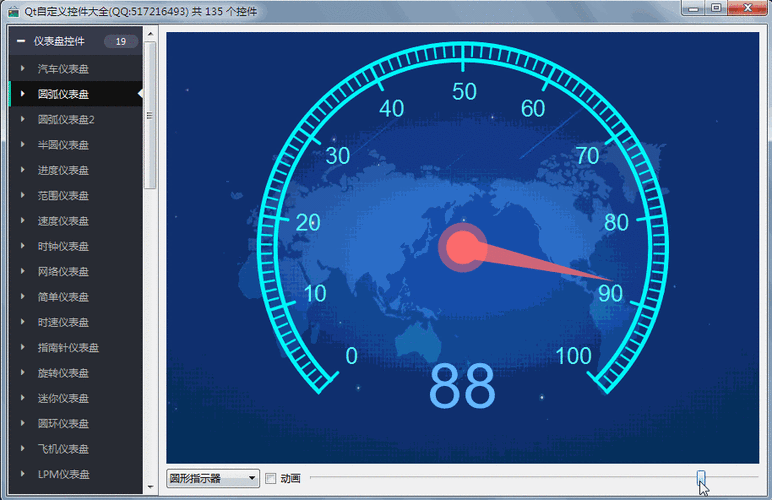ASP.NET動(dòng)態(tài)生成控件是指在運(yùn)行時(shí)根據(jù)需要?jiǎng)討B(tài)創(chuàng)建和添加控件到頁(yè)面中,在ASP.NET中,可以使用基礎(chǔ)控件來(lái)實(shí)現(xiàn)這一功能,下面是一些常用的基礎(chǔ)控件及其使用方法的詳細(xì)說(shuō)明:


1、Label控件
作用:用于顯示文本信息。
使用示例:
“`asp
<asp:Label ID="lblName" runat="server" Text="姓名"></asp:Label>
“`
2、TextBox控件


作用:用于輸入單行文本。
使用示例:
“`asp
<asp:TextBox ID="txtName" runat="server"></asp:TextBox>
“`
3、Button控件
作用:用于觸發(fā)事件,如提交表單。


使用示例:
“`asp
<asp:Button ID="btnSubmit" runat="server" Text="提交" OnClick="btnSubmit_Click" />
“`
4、CheckBox控件
作用:用于選擇多個(gè)選項(xiàng)中的一個(gè)或多個(gè)。
使用示例:
“`asp
<asp:CheckBox ID="chkOption1" runat="server" Text="選項(xiàng)1" />
<asp:CheckBox ID="chkOption2" runat="server" Text="選項(xiàng)2" />
“`
5、RadioButton控件
作用:用于選擇多個(gè)選項(xiàng)中的一個(gè)。
使用示例:
“`asp
<asp:RadioButton ID="rbOption1" runat="server" Text="選項(xiàng)1" GroupName="grpOptions" />
<asp:RadioButton ID="rbOption2" runat="server" Text="選項(xiàng)2" GroupName="grpOptions" />
“`
6、DropDownList控件
作用:用于從下拉列表中選擇一個(gè)選項(xiàng)。
使用示例:
“`asp
<asp:DropDownList ID="ddlOptions" runat="server">
<asp:ListItem>選項(xiàng)1</asp:ListItem>
<asp:ListItem>選項(xiàng)2</asp:ListItem>
<asp:ListItem>選項(xiàng)3</asp:ListItem>
</asp:DropDownList>
“`
7、Image控件
作用:用于顯示圖像。
使用示例:
“`asp
<asp:Image ID="imgLogo" runat="server" ImageUrl="logo.jpg" />
“`
8、LinkButton控件
作用:用于創(chuàng)建一個(gè)可點(diǎn)擊的鏈接。
使用示例:
“`asp
<asp:LinkButton ID="lbnHomepage" runat="server" Text="主頁(yè)" NavigateUrl="homepage.aspx" />
“`
在ASP.NET中,動(dòng)態(tài)生成介紹是一種常見(jiàn)的操作,以下是一個(gè)基礎(chǔ)示例,展示了如何使用ASP.NET服務(wù)器控件Table來(lái)動(dòng)態(tài)生成介紹。
這個(gè)示例將包含以下步驟:
1、創(chuàng)建一個(gè)ASPX頁(yè)面。
2、添加一個(gè)按鈕用于觸發(fā)介紹生成。
3、添加一個(gè)下拉列表用于選擇生成的列數(shù)。
4、動(dòng)態(tài)生成介紹。
下面是具體的代碼示例:
<%@ Page Language="C#" AutoEventWireup="true" CodeBehind="YourPage.aspx.cs" Inherits="YourNamespace.YourPage" %>
<!DOCTYPE html>
<html>
<head runat="server">
<title>動(dòng)態(tài)生成介紹示例</title>
</head>
<body>
<form id="Form1" method="post" runat="server">
<asp:Label ID="Label1" runat="server" Text="Asp.Net Table控件動(dòng)態(tài)生成介紹操作實(shí)例"></asp:Label>
<asp:Button ID="Button1" runat="server" Text="生成" OnClick="Button1_Click" />
<asp:DropDownList ID="DropDownList1" runat="server">
<asp:ListItem Value="1">1列</asp:ListItem>
<asp:ListItem Value="2">2列</asp:ListItem>
<!可以繼續(xù)添加其他列選項(xiàng) >
</asp:DropDownList>
<asp:Table ID="Table1" runat="server" GridLines="Both">
</asp:Table>
<!后端代碼 YourPage.aspx.cs >
// 后端代碼使用Page_Load或者按鈕點(diǎn)擊事件來(lái)動(dòng)態(tài)生成介紹
protected void Button1_Click(object sender, EventArgs e)
{
int columnCount = int.Parse(DropDownList1.SelectedValue); // 獲取選擇的列數(shù)
Table1.Rows.Clear(); // 清除介紹現(xiàn)有行
// 動(dòng)態(tài)創(chuàng)建介紹行和列
for (int i = 0; i < 5; i++) // 假設(shè)生成5行
{
TableRow row = new TableRow();
for (int j = 0; j < columnCount; j++) // 根據(jù)選擇的列數(shù)生成單元格
{
TableCell cell = new TableCell();
cell.Text = string.Format("Row {0}, Col {1}", i + 1, j + 1);
row.Cells.Add(cell);
}
Table1.Rows.Add(row);
}
}
</form>
</body>
</html>
這個(gè)例子中的關(guān)鍵點(diǎn)是:
Table1 控件用于動(dòng)態(tài)生成介紹。
Button1_Click 方法在點(diǎn)擊按鈕時(shí)被調(diào)用,負(fù)責(zé)生成介紹。
DropDownList1 控件用于選擇生成的介紹列數(shù)。
在Button1_Click事件中,首先清除介紹所有行,然后根據(jù)用戶選擇的列數(shù)動(dòng)態(tài)創(chuàng)建行和單元格。
注意,此代碼是一個(gè)簡(jiǎn)單的示例,實(shí)際項(xiàng)目中可能需要更復(fù)雜的邏輯,例如單元格樣式設(shè)置、數(shù)據(jù)綁定等,生成的介紹應(yīng)當(dāng)遵循良好的用戶體驗(yàn)和界面設(shè)計(jì)原則。